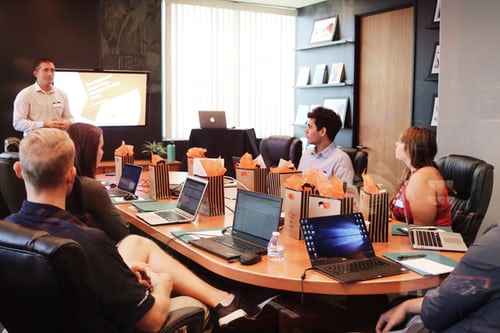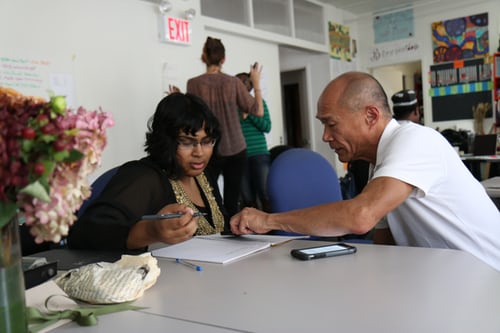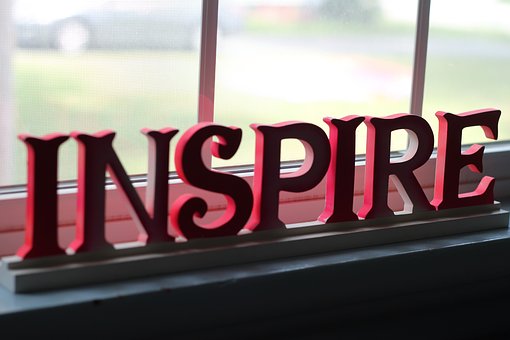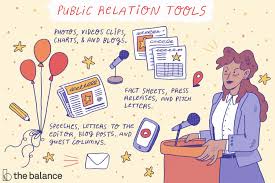Do you wish you could present with confidence? Do your presentations lack punch? Or are they poorly constructed? If you answered yes to these questions then you may be relieved to know that you can improve your presentation skills. Presentation and public speaking skills are skills that can be taught and, with practice, will improve over time. We often think of public speaking as a specific skill set reserved for polished professionals, or people in sales and marketing, yet it is an important skill for any individual who would like to speak clearly and confidently.
Most likely, when you think of presentation skills, you picture someone standing in front of an audience speaking confidently with a PowerPoint slide in the background. This is one of many scenarios, yet public speaking and presentation skills are a part of everyday experiences. Have you considered how presentation skills could help you with you next job interview? Or putting forward your opinion at work? Other scenarios include networking events, meeting new people within your social circle, internal work meetings, dealing with suppliers or clients.
The fear of public speaking is what holds many people back from presenting or speaking up. Overcoming this fear is fundamental to improving presentation skills. So, where do you start? Think of presentations as a form of communication where the presenter is exchanging ideas and information. Good presentation skills allow you to communicate complex information in simple and interesting ways to keep the audience engaged. In addition, presentation skills help you communicate thoughts and feelings effectively, develop self-confidence and gain real world skills.

Content variety is important, include visual aids such as video and images to support your message, or whiteboards and flip charts to explain your point. Consider engaging the audience through questions, demonstrations and by using props. Use vocal variety to maintain interest through pitch (higher / lower), pace (faster / slower), power (louder / softer), pause (longer / shorter) and tone (serious / humorous / formal / informal, etc). Follow these suggestions and your audience will leave your presentations informed and with a clear understanding of your message.
Body language including facial expressions, hand gestures, eye contact, posture and leg movements, can aid or detract in a presentation. Avoid incongruence by ensuring that your facial expressions match your words. Smile to convey friendliness and confidence; if your message is of a more serious nature then your facial expression should match the tone. When we are nervous or fearful we often hide our hands – in our pockets, behind our backs, by folding our arms, fidgeting or clasping them tightly. If you find you are habitually hiding your hands then consider keeping your arms by your side until you need to gesture and then returning them to your side when you are done gesturing. Otherwise you are signalling to the audience that you are nervous, lack confidence, don’t believe in your own message, are disinterested and unenthusiastic. Instead, support your message through open and varied gestures.
Use eye contact when emphasising a point. Don’t stare at an individual, rather, move quickly throughout the audience to portray interest in the audience member. Standing or sitting tall and straight will display strength and professionalism, never slouch – it will convey disinterest, displeasure and overall boredom. Remember to move with purpose, remaining in one spot can signal a lack of passion and authenticity. Moreover, moving about without purpose, like swaying front to back or pacing back and forth will distract the audience. Other leg movements like jiggling your legs show discomfort and restlessness.
Structure your presentation well, so that all topics are given ample amount of time and the audience is also given time to digest inputs and ask questions. Remember to focus on the audience by focusing on connection; know your content and then adjust your presentation based on audience feedback. You can add clarity and balance to your speech through the clever use of repetition in the form of triads. Here’s an excellent example from Abraham Lincoln’s Gettysburg Address:
“But, in a larger sense, we can not dedicate — we can not consecrate — we can not hallow — this ground.”
The use of repetition helps your audience understand your message and creates balance and rhythm in your delivery. In addition, this repetition creates a concise and memorable message.
Looking to improve your presentation skills? Visit Picnic Point Toastmasters on the 1st and 3rd Tuesday of the month at 7pm. We meet at Club Picnic Point, 124 Lambeth St, Panania, 2213.









You must be logged in to post a comment.